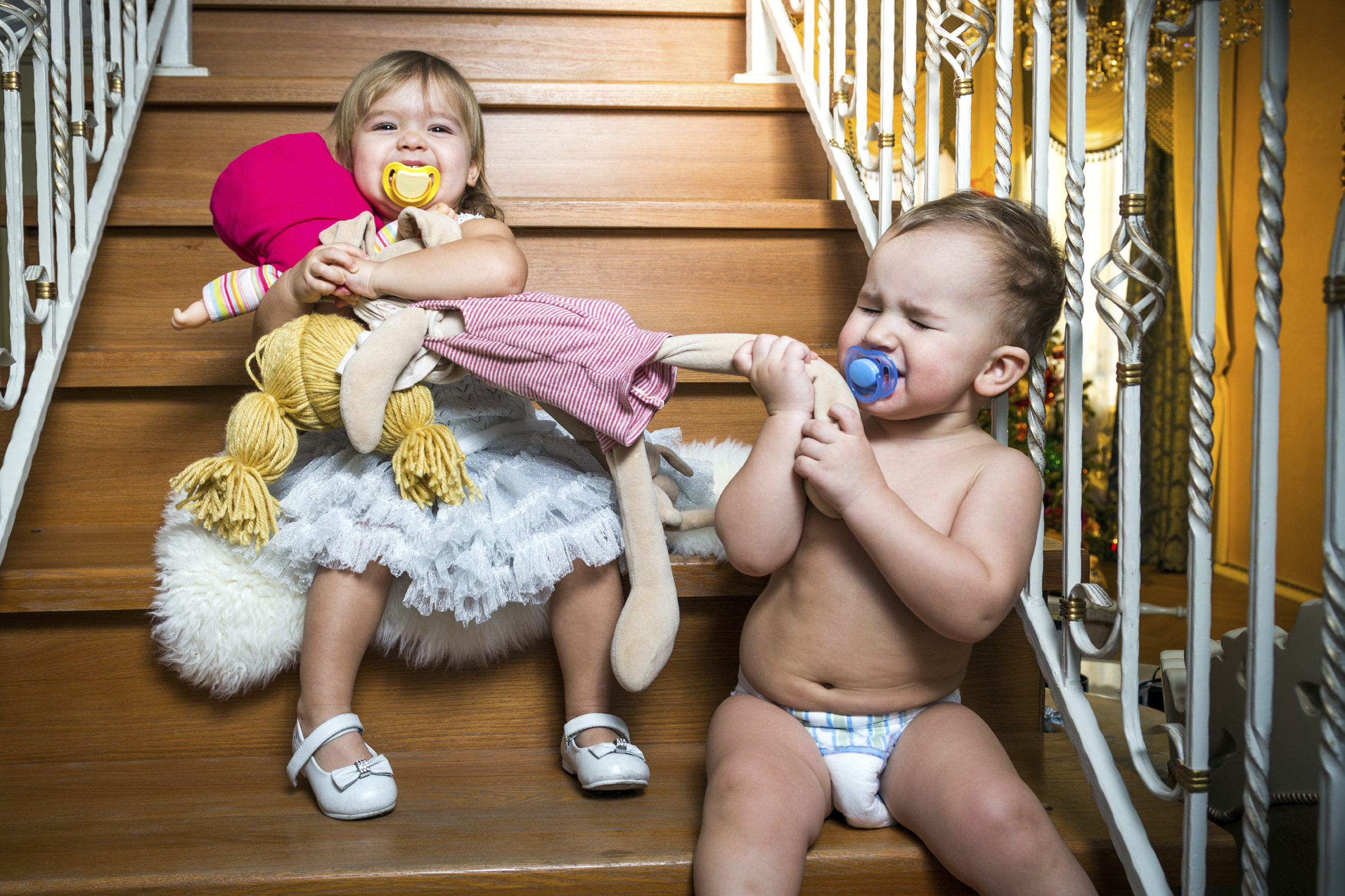
“Your son’s friend doesn’t want to share a toy. Your son fights him and grabs the toy”
“Your daughter bites and pulls other children’s hair in day-care”
“Your child throws a tantrum every time he doesn’t get what he wants”
Familiar scenarios?
Dealing with an aggressive child is never easy because aggressive behaviour is often accompanied by negative and destructive actions and frequently appears as a voluntary intent to hurt or frighten.
What’s more, aggressive behaviour in your child can make you feel powerless.
There is evidence to suggest that while aggression is common in young children (for instance the terrible twos) and can be a developmental marker, the frequency of aggressive behaviour generally declines when children begin school. Other studies, however, have shown that if aggressive behaviour is not addressed in the early years, it could lead “problem children to grow into problem adults” (You can read about some of these studies here and here).
So how can you help your aggressive child?
1) Practice self-regulation. Bottled-up emotions often explode. Many researchers have found that most children who react violently do so because of their inability to identify their feelings and respond to them in a suitable manner.
Self-regulation has been found to help. Self-regulation studies suggest that a child with poor self regulation is more likely to turn to aggressive behaviour as a response to frustration.
Self regulation is the ability to control one’s emotions. It is the ability to identify and express different emotions appropriately. It has been linked to positive outcomes in childhood years and beyond (You can read about some of the benefits of self-regulation here and here)
2) “Teach emotions”. Your child is not always able to define and differentiate between feelings. According to Professor Adele Diamond, teaching him/her to be aware of different feelings and how he/she can respond to those feelings is a key step in helping him/her deal with aggressive behaviour. There are many resources (books, flashcards) adapted to young children to help teach about feelings and emotions.
Unexpressed feelings are often manifested through violent and aggressive behaviour. A second step is therefore encouraging your child to express those feelings aloud. Brainstorming acceptable ways in which he/she can express different emotions teaches your child about acceptable behaviour. Science has shown that a child who is an active participant in the decision-making process is more likely to respect the decisions made.
2) Identify the symptoms. Young children are often unaware of the reasons behind their aggressive behaviour which is often a means through which they:
·protect themselves
·express their anger
·attain their objectives
Observe your child. What sparks his/her aggressive behaviour? Help your child learn to identify the “warning signals” then brainstorm together appropriate ways in which he/she can react when the symptoms begin.
3) Set firm limits. Set clear boundaries. What is acceptable? What is not? Let your child participate in identifying unacceptable behaviour and be clear about the consequences of this behaviour. What are your expectations? Is your child aware of these expectations?
Limits can only work if you’re consistent so consistently punish aggressive behaviour. It helps to be on the same wavelength with your partner.
4) Analyse your communication style. The Pygmalion effect is a phenomenon that shows that just as positive expectations lead to an increase in performance, low expectations influence performance negatively (Golem effect). According to the researchers behind the Pygmalion effect, “When we expect certain behaviours of others, we are likely to act in ways that make the expected behaviour more likely to occur.”
How to Avoid the Pygmalion/Golem effect:
a) Analyse how you speak to your child. If your child’s behaviour is inappropriate, focus on the action (“that was a mean thing you did”) rather than on the child (“you’re mean!”).
b) Examine how you view your child. Do you view him/her as successful in controlling his/her behaviour or as a trouble-maker? Remember that the things you think (or say) of your child can have power over what he/she becomes.
c) Closely observe your child and highlight all the positive things. Help your child view him/herself in a positive light. Catch your child being good!
5) Ask for help. Although aggressive behaviour in a child is a normal part of growing up, when you child repeatedly bites, hits, fights or is constantly enraged, he/she might need professional help.
Aggression, especially when observed in a child raised in a healthy home environment, may point to more serious problems. You should think of seeking specialised help when:
·Despite all your efforts, you feel powerless and incapable of helping your child
·The aggressive behaviour seems to be getting worse
·Your child is unable to fit in with his/her age mates (regular behaviour-related issues with friends and school mates)
·Your child is withdrawing into him/herself
What strategies have you used to calm your aggressive child? Have they worked? Let me know in the comments below.



























